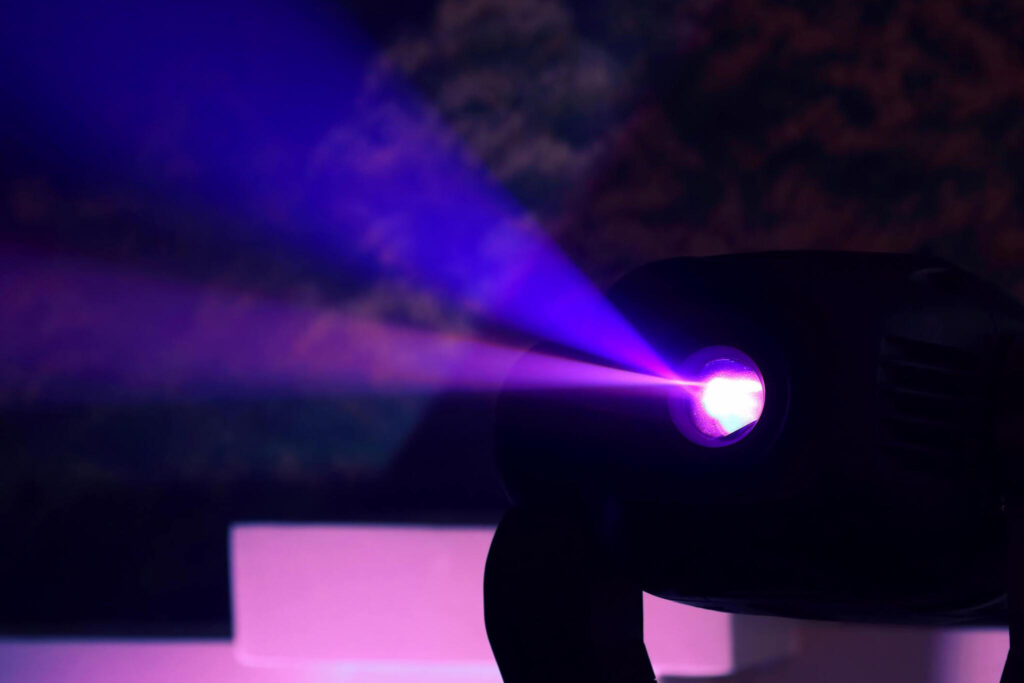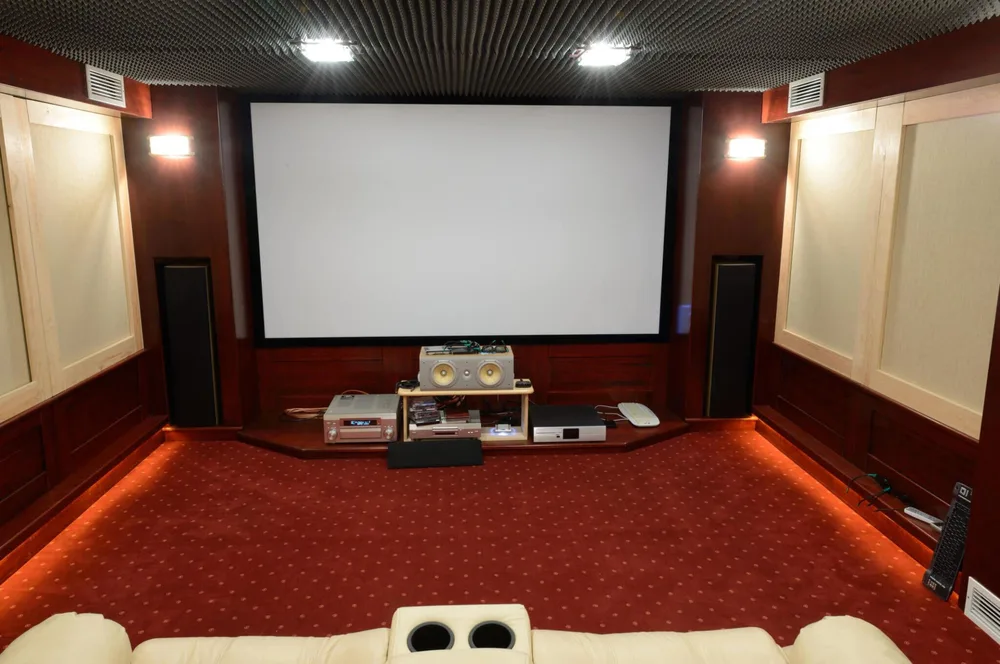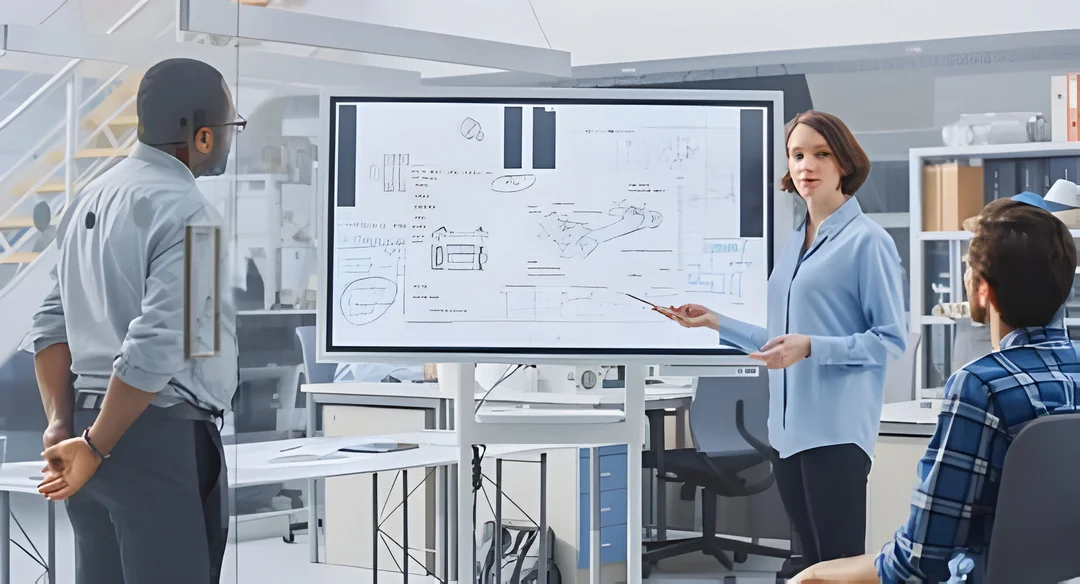Introduction
Motorized projector screens have become a hallmark of modern home theaters, offering convenience, functionality, and style. As technology continues to advance, so do the features available on these screens, providing homeowners with an array of options to enhance their cinematic experience. In this article, we’ll explore the innovative features that discerning consumers should look for when investing in a motorized projector screen for their home theater setup.
Seamless Integration with Smart Home Systems
In today’s interconnected world, the ability to seamlessly integrate electronic devices with smart home systems is paramount. Look for motorized projector screens that are compatible with popular smart home platforms like Amazon Alexa or Google Assistant. This allows users to control the screen effortlessly using voice commands or through a smartphone app, adding an extra layer of convenience to the viewing experience.
Ultra-High Definition (UHD) Compatibility
With the widespread adoption of 4K and even 8K resolution content, it’s essential to invest in a motorized projector screen that can fully support ultra-high-definition formats. Screens equipped with UHD compatibility ensure that every pixel is displayed with stunning clarity and detail, delivering an immersive viewing experience that rivals commercial cinemas.
Ambient Light Rejection Technology
Ambient light can significantly impact the picture quality of a projected image, especially in rooms with windows or other light sources. Advanced motorized projector screens utilize ambient light rejection technology to mitigate this issue, preserving image contrast and brightness even in brightly lit environments. This feature is especially beneficial for home theaters located in multipurpose rooms or spaces with limited light control.

Motorized Tensioning System
To achieve a perfectly flat surface for optimal image reproduction, motorized projector screens should incorporate a motorized tensioning system. This feature ensures that the screen fabric remains taut and free of wrinkles, eliminating any distortion or artifacts that may detract from the viewing experience. A well-tensioned screen provides a smooth and uniform surface for projecting movies, TV shows, and video games.
Wireless Connectivity Options
Gone are the days of cumbersome cables cluttering up your home theater space. Look for motorized projector screens that offer wireless connectivity options, such as built-in Wi-Fi or Bluetooth. Wireless functionality not only simplifies the installation process but also allows for greater flexibility in positioning the screen within the room. Wireless screens offer a clean and uncluttered aesthetic whether mounted on the ceiling or recessed into the wall.
Adjustable Aspect Ratio
Different types of content may be formatted in varying aspect ratios, from traditional 16:9 widescreen to ultra-wide CinemaScope formats. A motorized projector screen with adjustable aspect ratio capability can accommodate a wide range of content without compromising image quality. This versatility ensures that every movie, TV show, or presentation is displayed correctly, regardless of its original format.
Automated Screen Masking
For home theaters equipped with anamorphic lenses or variable aspect ratio projectors, automated screen masking is a must-have feature. This technology allows the screen to automatically adjust its aspect ratio to match the content being displayed, eliminating the need for manual intervention. Whether watching a blockbuster action movie or a classic black-and-white film, automated screen masking ensures that every frame is presented as the director intended.

Whisper-Quiet Motorized Operation
The last thing you want during a tense movie scene or quiet dialogue is a noisy motor distracting from the audio experience. Opt for motorized projector screens equipped with whisper-quiet motors that operate smoothly and discreetly. Whether raising, lowering, or retracting the screen, minimal noise ensures the focus remains squarely on the on-screen action.
Infrared (IR) and Radio Frequency (RF) Remote Control
Convenience is key when it comes to controlling your home theater setup. Look for motorized projector screens that come with both infrared (IR) and radio frequency (RF) remote control options. IR remotes offer line-of-sight operation, while RF remotes provide greater flexibility and range, allowing you to adjust the screen from anywhere in the room without aiming the remote directly at the screen.
Dynamic Backlighting for Enhanced Contrast
To further enhance the viewing experience, consider a motorized projector screen with dynamic backlighting technology. This feature adds subtle LED lighting behind the screen, enhancing contrast and improving perceived black levels. By reducing eye strain and increasing perceived image depth, dynamic backlighting creates a more immersive and engaging viewing environment.
Motorized Screen Masking for Multiple Aspect Ratios
For cinephiles who enjoy a wide variety of movie genres, motorized projector screens with adjustable screen masking for multiple aspect ratios offer the ultimate flexibility. This feature allows users to preset different aspect ratios for various types of content, ensuring that each movie is presented in its intended format without any black bars or cropping.
Built-In Audio Transducer Technology
Incorporating audio transducer technology directly into the screen frame can elevate the audio experience without the need for external speakers. These discreetly integrated transducers transform the entire screen surface into a dynamic sound source, delivering immersive audio that complements the on-screen action. With built-in audio transducers, every explosion, whisper, and musical score is felt as well as heard.
Motorized Screen Material Selection
The choice of screen material can have a significant impact on the overall viewing experience. Motorized projector screens are available in a variety of materials, each with its unique properties and characteristics. Consider factors such as gain, viewing angle, and color accuracy when selecting the ideal screen material for your home theater setup.
Multi-Zone Screen Control for Enhanced Versatility
For home theaters with complex setups or multiple viewing zones, multi-zone screen control capabilities are essential. This feature allows users to independently control different sections of the screen, accommodating various aspect ratios or screen configurations. Whether hosting a movie night with friends or conducting a business presentation, multi-zone screen control provides unparalleled versatility and flexibility.
Integration with Third-Party Control Systems
To streamline the operation of your home theater setup, look for motorized projector screens that integrate seamlessly with third-party control systems. Whether using a dedicated home automation platform or custom control interface, compatibility with third-party systems ensures effortless operation and synchronization with other connected devices.
Conclusion
Investing in a motorized projector screen for your home theater is a decision that can significantly enhance your viewing experience. By prioritizing innovative features such as seamless smart home integration, UHD compatibility, ambient light rejection, and motorized tensioning, you can create a cinematic environment that rivals the best commercial theaters. With a wide range of options available, finding the perfect motorized projector screen to suit your needs has never been easier.
FAQs
How do motorized projector screens differ from manual screens?
Motorized projector screens feature built-in motors that automate the process of raising, lowering, and retracting the screen with the push of a button or remote control. In contrast, manual screens require manual intervention to operate, typically using a pull-down or pull-up mechanism.
Are motorized projector screens difficult to install?
While motorized projector screens may seem complex, most models are designed for relatively easy installation. Many screens come with detailed instructions and mounting hardware included, making the installation process straightforward for DIY enthusiasts. However, for more complicated setups or installations involving custom integration, professional installation services may be advisable.
Can motorized projector screens be used outdoors?
While some motorized projector screens are designed specifically for outdoor use, not all models are suitable for outdoor environments. Outdoor screens typically feature weather-resistant materials and robust construction to withstand exposure to the elements. It’s essential to choose a screen specifically rated for outdoor use if you plan to install it in an outdoor setting.
Do motorized projector screens require regular maintenance?
Like any electronic device, motorized projector screens benefit from regular maintenance to ensure optimal performance and longevity. Simple tasks such as cleaning the screen fabric, lubricating moving parts, and inspecting electrical connections can help prevent issues and prolong the lifespan of the screen. Refer to the manufacturer’s guidelines for specific maintenance recommendations.
Can motorized projector screens be customized to fit non-standard sizes? Many manufacturers offer custom sizing options for motorized projector screens, allowing homeowners to tailor the screen dimensions to fit their specific space requirements. Whether you have an unusually shaped room or limited mounting options, custom sizing ensures a perfect fit and seamless integration into your home theater setup.
Are motorized projector screens compatible with all types of projectors?
Motorized projector screens are compatible with the vast majority of projector types, including LCD, DLP, and laser projectors. However, it’s essential to ensure that the screen size and aspect ratio are compatible with your projector’s specifications to achieve optimal image quality. Additionally, consider factors such as throw distance and projector placement when selecting a screen for your setup.




